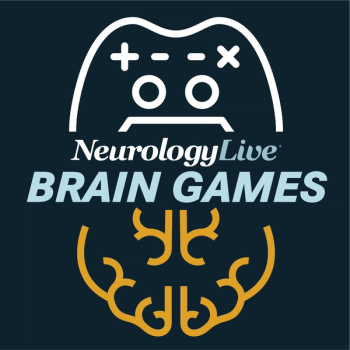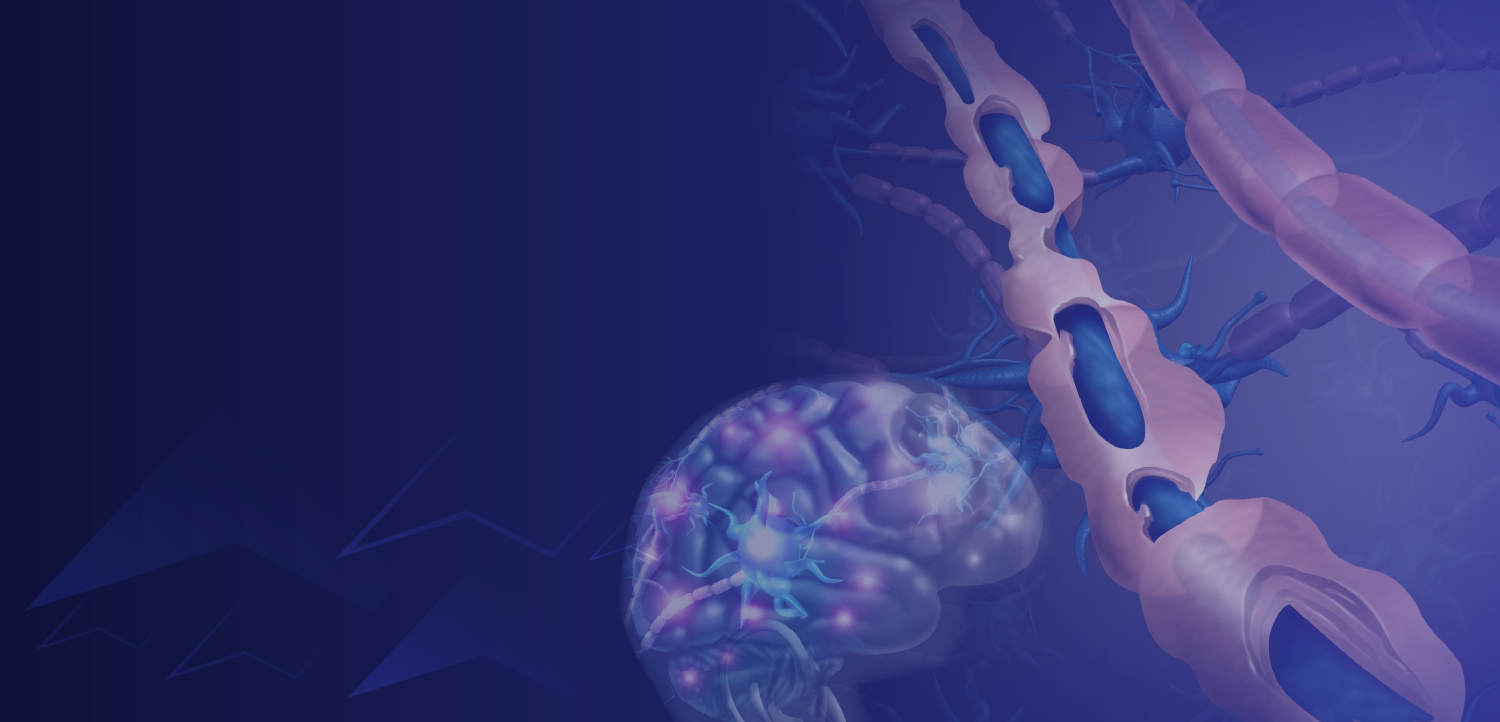
|Slideshows|October 26, 2018
Case Report: Urgent Surgery for Stroke
Author(s)Andrew N. Wilner, MD
Symptoms of sudden onset of headache and decreased balance three days earlier prompted a visit to the emergency department.
Advertisement
Newsletter
Keep your finger on the pulse of neurology—subscribe to NeurologyLive for expert interviews, new data, and breakthrough treatment updates.
Advertisement
Latest CME
Advertisement
Advertisement
Trending on NeurologyLive - Clinical Neurology News and Neurology Expert Insights
1
Linking Exercise to Dopamine and Motor Performance in Parkinson Disease
2
Previewing Parkinson Disease Pipeline: Emerging Trials to Watch in 2026
3
Clinical Perspectives on Promising Phase 1 Data of CAPN2-Targeting Therapy AMX0114 for ALS
4
Previewing Expected FDA Decisions in Neurology for 2026
5




























